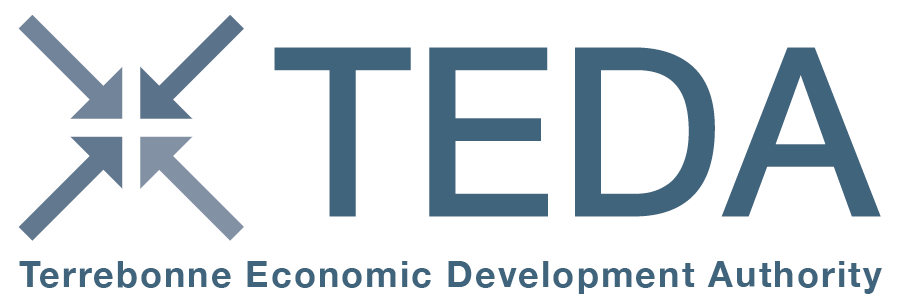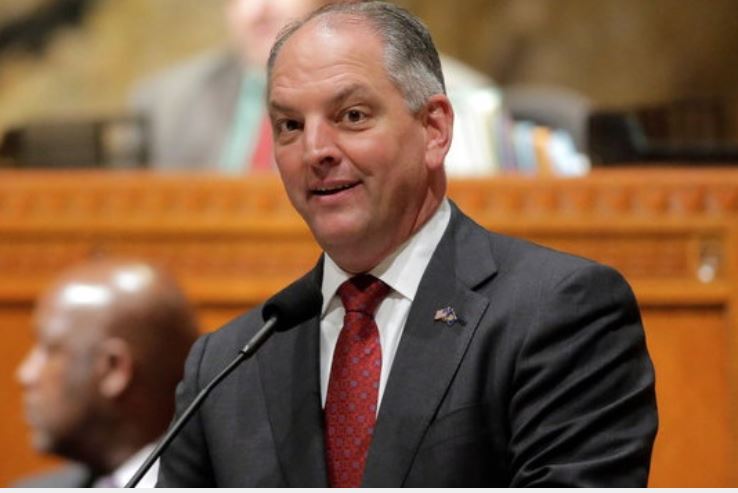The Houma-Terrebonne Airport received a $1.3 million grant from the federal government
today to advance its unmanned aviation system.
The airport commission has been working for over a year to develop the modern aircraft
system through public-private partnerships as a way to diversify and support the local
economy. The $2.3 million project includes building a new 40,000-square-foot hangar, access
road and taxiway.
The unmanned aircraft are expected to provide new services to the oil and gas industry before
developing into new fields. The airport’s close proximity to the Intracoastal Waterway and
access to the Gulf of Mexico has been billed as one of its strongest advantages to develop the
new technology.
“We are most excited by this announcement for its potential to provide new value for our oil
and gas industry in the Gulf of Mexico and along our coast,” Gov. John Bel Edwards said in a
news release.“Louisiana has long been a leader in subsea technology in the offshore energy
industry. Now, we will be at the cutting-edge of aerial technology. By joining our education,
government and private-sector partners, we can make Louisiana a true leader in unmanned
aircraft technology to tackle many of our biggest challenges in the energy, security and military
sectors.”
The program is in conjunction with Terrebonne Economic Development Authority, Nicholls
State University, Fletcher Technical Community College and private companies and is being
called the Gulf of Mexico UAS Center of Excellence, or UGC.
The governor also signed an executive order commissioning the Center of Excellence at a
ceremony held at the airport today.
Houma airport receives $1.3M federal grant for
unmanned aircraft
“This really is what the future should look like,” Edwards said, noting the aircraft’s capabilities
for coastal safety and protection, including the ability to detect oil spills and weather events.
“What a unique opportunity for Terrebonne Parish,” Parish President Gordy Dove said. “This
is really the wave of the future.”
“It’s so good for Terrebonne Parish to be a step up on technology. It’s a testimony to
Terrebonne Parish’s willingness to go into other industries and be the first one out there,”
Dove said.
The grant was awarded by the Department of Commerce’s Economic Development
Administration through efforts by the South Central Planning and Development Commission.
It also requires a $337,500 local match. The airport commission previously set aside $200,000
for the project.
The project is expected to create and retain a total of 220 jobs and generate $50 million in
private investments, according to the Commerce Department.
“Having UAS operations on airport facilities in the Gulf Coast will help attract new businesses
to the area and generate significant economic activity for the state of Louisiana,” Secretary of
Commerce Wilbur Ross said.
The new Airport Commission Director Mert Pellegrin announced the pending grant upon his
arrival in May.
The unmanned aircraft program plans to begin remotely operating cargo operations by 2020,
with fully autonomous aircraft coming to the region by 2025.
Fletcher also announced last week that its first drone workshop is expected to begin in July or
August.
“A UAS facility at the Houma-Terrebonne Airport will facilitate the deployment of drones in
the region, a valuable resource for oil and gas development and other industries, and support
drone research at Nicholls State University,” said U.S. Sen. Bill Cassidy, R-La.
“This is a huge win for Terrebonne Parish after a tough downturn in the oil industry,” said
U.S. Sen John Kennedy, R-La. “Investments like this encourage technological developments
and create jobs.”
“With the addition of an Unmanned Aviation System facility, the Houma-Terrebonne Airport
will soon be at the forefront of this new transportation technology and capability,” said
Republican U.S. Rep. Steve Scalise, who represents southern Terrebonne and Lafourche
parishes.
Staff Writer Julia Arenstam can be reached at 448-7636 or julia.arenstam@houmatoday.com. Follow her
on Twitter at @JuliaArenstam.














